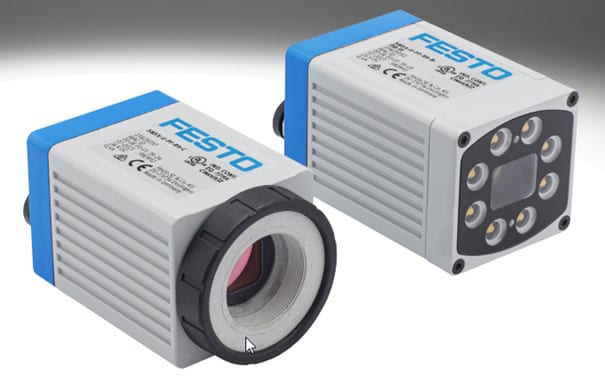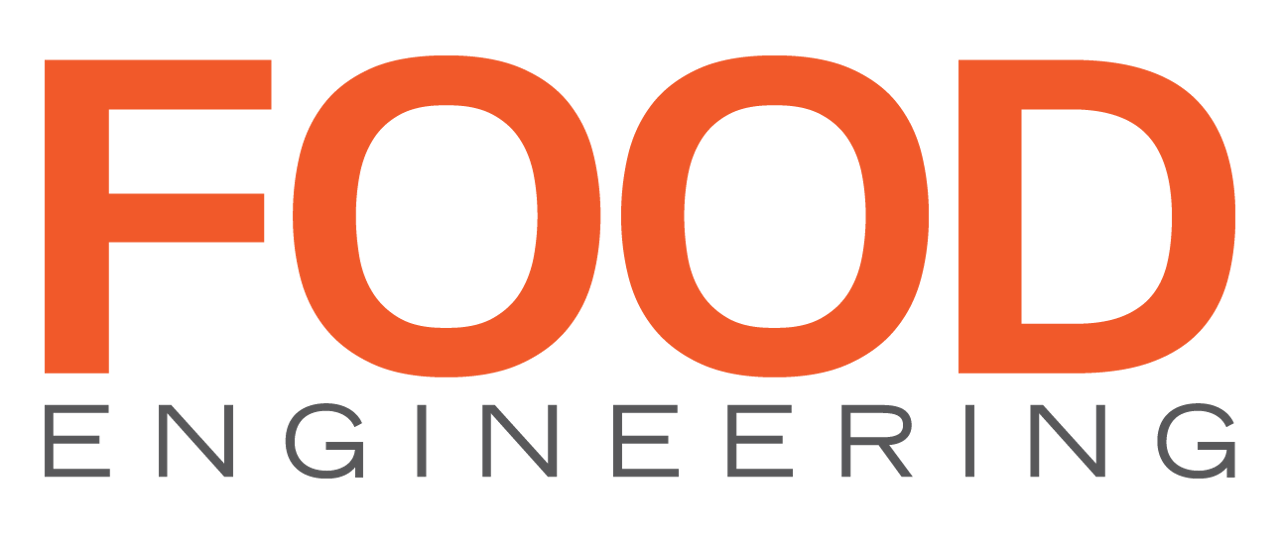May 2022
How AI and Machine Learning can reduce mistakes in packaging
AI/ML systems use vision to guide robotics in pick-and-place and also help processors make smart packaging decisions
AI-based visual inspection ensures brand consistency and accuracy for this distillery, as well as cost-savings as labelling does not have to removed and replaced due to human error. Photo courtesy of Pleora Systems
Good data—and lots of it—is key to making artificial intelligence/machine learning (AI/ML) production, inspection and packaging systems work without a hitch, plus well written algorithms to analyze the data and make decisions that will help people and machines function more intelligently. In fact, 3-D vision systems are usually the “eyes” robots use to guide them as they sort and package products or load pallets—3-D because it provides much more data to make intelligent decisions quickly.
Processors are keenly interested in getting their products perfect before packaging, and AI/ML can play a part in production monitoring. “I think we will begin seeing a lot more utilization of AI/ML to improve product quality and consistency,” says Jason Prince, Golden State Foods director of operations, protein products. “For instance, adjusting product pressure automatically to achieve a very specific product thickness or weight, given a set of ever-changing variables such as product temperature and density. This would ensure that the finished product is consistent over time, despite changing raw material characteristics.
Wayne Labs, senior technical editor

Adjustments will be able to be made in near real time and eliminate the time required for a quality check to be completed and then an operator adjustment to be made.”
AI is currently being deployed to determine weight trends in a product as it is picked and placed, according to Jeff Hawkins, FESTO global accounts manager. But AI can also be used as a nonstructural reporting center. An example would be multiple sensors monitoring the process of chocolate candy bars. As the point cloud distribution plots millions of points of data, a trend begins to take shape. The data then displays the trend in layman’s terms. A terminal may read: “AI/ML has noticed that size and weight of the candy bar may also vary because of a slight change in the exterior color of the candy bar.” Now the candy maker can sort for proper color shade to make sure the product meets expectations. The vision system, in addition to measuring the physical dimensions, alerts for color variances.
Machine vision sensors provide sight for inspection and identification. The sensors work with AI/ML software to let inspection and packaging equipment make intelligent decisions on product quality. Photo courtesy of Festo
What are AI’s weak points? Hawkins suggests that the limitations of AI are mostly in trying to over-analyze the data, and thus nothing can be derived because the data set exceeds the actionable use case.
Inspection: a chief role for AI/ML in packaging systems
If you ask a system integrator (SI) like Craig Souser, president and CEO of JLS Automation, what is a key element in AI/ML in packaging systems, he’ll tell you vision systems—and several camera systems today have deep learning built in and enabled. “The role of AI/ML produces better quality control in inspection systems—improve inspection to decrease the number of rejects that are actually OK—shades of gray instead of go/no go.”
Deep learning algorithms embedded in modern camera systems, especially 3D, allow for more qualitative analysis and can help adjust parameters in lieu of a somewhat highly trained technician having to make the same adjustments, says Souser. The real advantage of this is that it can be done continuously—versus a technician who will only see a snapshot of the various attributes at whatever time he/she is looking at the images or historical data versus real time. So, it’s a great way to modify vision parameters and accept good products or packages versus rejecting them as the parameters may have been too tight when the technician last updated the values. It actually makes specific values in recipes less critical as the machine can make adjustments as soon as a run starts and immediately optimize the inspection.

Robot grippers are a practical application for AI/ML systems as robots learn how to apply the correct force to pick up delicate items. Photo courtesy of Festo
The use of vision systems combined with robotics—not only for robotic picking and placing but for quality inspections—are key areas of focus for SIs, says Gregory Powers, VP, digital transformation at Gray Solutions, a Gray Company. “Any repeatable tasks that involve patterns provide opportunities for vision systems to increase efficiencies. Through a large number of samples, vision systems can learn patterns and adjust accordingly.”
The use of vision systems with AI/ML is becoming more common in robotic pick-and-place applications, where in the past, for example, operators performed labor-intensive manual inspections as they placed food items in a package all day long.
“Vision systems have come a long way in the past few years, and we expect this trend to continue,” says Powers. “For example, we’re currently looking at new technologies in vision systems where we can see abnormities that the naked eye cannot see.”

Advantages of AI/ML are endless, adds Powers. Efficiency gains in reducing downtime and improving the quality in product, as well as the all-around labor savings that can be achieved through AI/ML prove to be advantageous for companies today.
Implementing AI/ML for robotics and inspection is getting easier too. “AI/ML are getting more plug-and-play, especially in the area of vision systems,” says Powers. "Programming these units is much easier and allows for ease of implementation with advanced learning algorithms. Some of the more advanced software companies are installing their own devices on equipment to directly monitor possible issues. Equipment providers are also following this approach.”
With all that said, data and the access to it can be problematic, according to Powers. “As cybersecurity is a big concern with the companies, getting data out of the plants becomes even harder. IT groups are hesitant to open port channels for data to be collected from equipment. In most cases, equipment providers already have data scientists in place to help make decisions on the equipment, but changing parameters on the equipment directly is not being widely adopted yet.”
Making the software simpler to use
While AI/ML is becoming easier to implement, it still depends on software programmers and engineers to do the heavy lifting so SIs and end users don’t have to write code. One such vendor, Pleora Technologies, writes the code and algorithms that can be used with camera systems.
Seeq Corporation has expanded its machine learning support by providing to end users a variety of sources, rather than rely on a single machine learning vendor or platform. Image courtesy of Seeq Corp.
“AI/ML are getting more plug-and-play, especially in the area of vision systems.” -- Gregory Powers, VP of digital transformation, Gray Solutions
Pleora has several AI applications in packaging, labeling and product inspection. In one application, a distillery is using the AI system for visual inspection to add decision-support to human processes during in-process and final inspection, according to Ed Goffin, manager, marketing at Pleora Technologies.
For the distillery, a main concern is maintaining a consistent brand appearance so they can ensure a premium spot on a store shelf. The distillery uses a bottle designed after an old-fashioned milk bottle, with distinctive and eye-catching labelling.
The bottle has three brand elements, with a main label and cap label applied by machine. A human then has to accurately place an emblem logo that visually aligns with corresponding brand elements on the other labels to ensure a consistent and appealing shelf display. With multiple products and short manufacturing runs, Goffin says it’s not economical for the distillery to fully automate its labelling process.
Without requiring any programming skills, the distillery quality manager and operator trained the AI system’s inspection app to add decision-support for its labelling process. With just one image of a known good product—a “golden reference”—the system automatically identifies the key brand elements on the bottle. The app has been customized to then add a graphic overlay on the visual display that highlights and guides the correct placement for the medallion label for the operator.
AI-based visual inspection ensures brand consistency and accuracy for the distillery, as well as cost-savings as labelling does not have to removed and replaced due to human error. The technology is also being used by the manufacturer as a training tool for new operators, so they can quickly understand the proper positioning of brand elements on the bottle and the difference between “good and bad” products. Overall, in this application, AI adds consistent decision-support to manual tasks to reduce human errors that result in higher costs and slower production.
We’ve reviewed primarily standalone applications within a plant, but AI/ML doesn’t have to be relegated to just packaging and inspection at a single point. Berk Birand, founder and CEO of Fero Labs suggests that ML can be applied in scenarios where food products are processed across multiple stages, each affecting a food’s qualities and chemical composition. So, rather than focusing on a single machine or work cell, AI/ML can be applied to all stages of the production, processing data from all the machines and optimizing a process from end to end, creating the optimal chemistry of a food product.
With increasing CPU performance and memory densities plus the availability of all types of wired and wireless sensors, successful AI/ML applications will continue to increase with the only limitation being human creativity, which so far has shown no bounds. FE
may 2022

